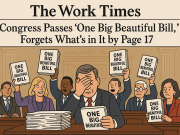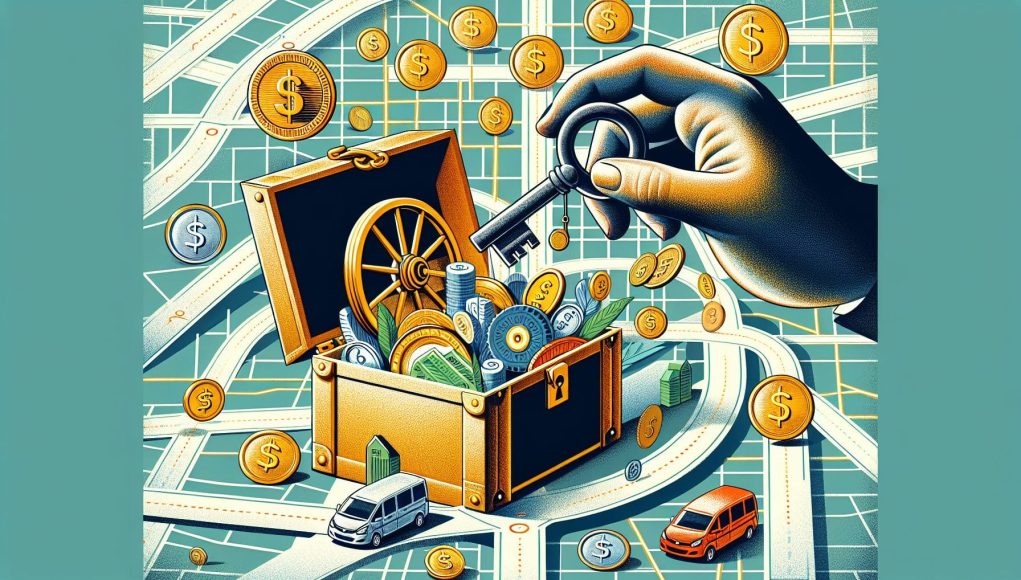The Hidden Wealth of Transit Systems
In the labyrinth of urban transit systems, where steel wheels meet the asphalt, lies an untapped reservoir of potential wealth. The concept of Value Capture Finance Mechanisms is a beacon of opportunity for transit professionals seeking innovative funding solutions. Understanding how these mechanisms work is key to leveraging the full economic vitality that transit systems can offer.
Navigating the Complex Terrain
Transit systems are the veins of a city they drive economic activity and connect communities. Yet, financing their expansion or maintenance often poses significant challenges. Value Capture Finance Mechanisms offer a novel approach by tapping into the economic benefits generated by transit projects themselves. These mechanisms encompass a variety of tools designed to capture the increased property values and economic activity that arise from proximity to transit systems.
Tools in the Value Capture Toolbox
Among the plethora of value capture tools, Tax Increment Financing (TIF) stands out. TIF allows municipalities to earmark increased property taxes in a designated area to finance transit projects. Similarly, Special Assessment Districts levy additional taxes on properties that directly benefit from transit improvements. Moreover, development rights can be sold, providing another avenue to secure funds from the private sector eager to capitalize on the transit-induced growth.
The Economic Ripple Effect
Implementing value capture strategies does more than fund transit projects; it generates a localized economic ripple effect. By aligning the interests of transit agencies, municipalities, and private developers, these mechanisms ensure the growth is symbiotic. When done correctly, they stimulate local economies, boost public transport usage, and create vibrant, sustainable urban environments.
Balancing the Equation
For transit professionals, the challenge lies in striking the right balance. While value capture mechanisms hold promise, they require careful planning and stakeholder engagement. It’s crucial to balance the financial goals of transit projects with the socio-economic well-being of the communities they serve. Transparent communication with local communities about the benefits and impacts of these mechanisms is essential in fostering support and ensuring equitable growth.
Forging the Path Forward
The future of transit finance rests on the ability to innovate and adapt. As urban centers continue to expand and transit networks grow increasingly complex, understanding and implementing value capture finance mechanisms will be critical. By unlocking this hidden wealth, transit professionals can spearhead projects that not only transform landscapes but also elevate the quality of urban life.
Conclusion
In conclusion, the integration of value capture finance mechanisms into transit planning represents a paradigm shift. It transforms the way we perceive and fund urban mobility, making it more sustainable and economically viable. As transit professionals, embracing these mechanisms unlocks the potential to not only build transit systems but also to build the future of our cities.





























